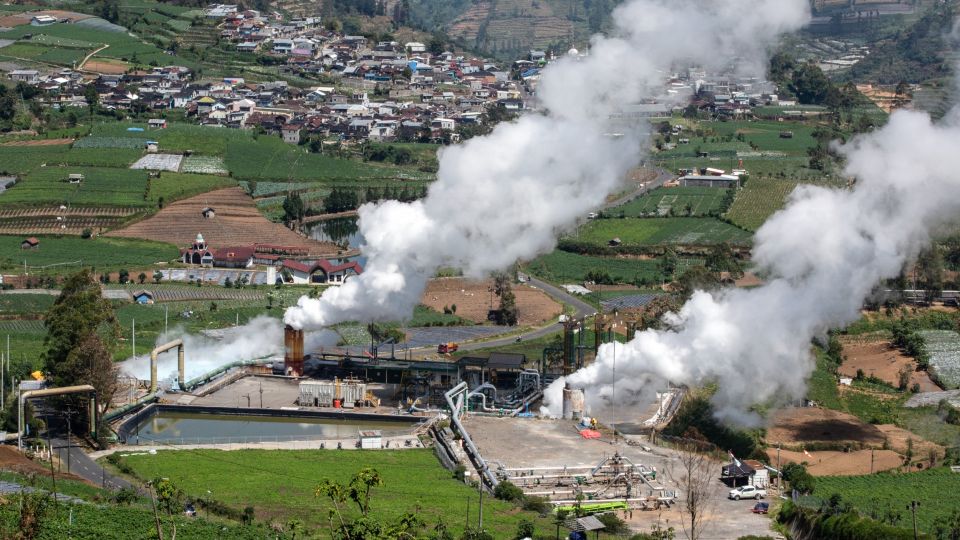October 8, 2025
JAKARTA – Indonesia has pushed back its peak emissions target by five years to 2035, prompting officials to raise doubts over the country’s ability to reach net zero by 2060.
Peak emissions refers to the time when greenhouse gas output hits its highest level before starting to decline.
The Energy and Mineral Resources Ministry’s renewable energy director general, Eniya Listiani Dewi, said the government had made efforts to prevent the setback.
“While we all agreed to achieve net zero emissions by 2060, we have to report with a heavy heart that our peak emissions target has shifted to 2035,” Eniya said on Monday, as quoted by Kumparan.
The change, she added, would make it more difficult for the country to reach carbon neutrality by 2060.
The updated target would be reflected in Indonesia’s updated Nationally Determined Contribution (NDC), which is to be presented at the United Nations Climate Change Conference (COP 30) in Belém, Brazil, next month.
Read also: Economic growth target in climate pledge draft slammed
Eniya emphasized the need for accelerated collaboration with international partners and the adoption of new technologies to curb national emissions. These efforts were outlined in Ministerial Regulation No. 10/2025 on the country’s energy transition road map.
“This road map ensures that all our energy resources can be optimized to reduce emissions,” she said, adding that the regulation also covers the early retirement of coal-fired power plants and opens up more room for the development of renewable energy sources, including nuclear.
However, she acknowledged ongoing challenges in expanding renewable energy, particularly in green transmission and smart grid development.
“Renewable energy in our total mix is now 16 percent. The 23 percent target has not been reached, but thankfully it rose by two digits within a year,” she added.
Southeast Asia’s largest economy has committed to cutting carbon emissions by relying less on coal and more on renewable sources of energy, but progress has been slow.
Indonesia has continued to fall short of its annual renewable energy targets, with the latest share rising only modestly to around 16 percent in 2025 from 14.68 percent in 2024 and 13.1 percent in 2023.
The lagging progress has prompted the government to revise downward its renewable energy target, cutting the share of renewables in the national electricity mix from the initial 23 percent by 2025 to between 17 and 19 percent in 2025.
Read also: RI targets 34 percent renewables in energy mix by end of 2034
State-owned utility company PLN has set its sights on renewable energy contributing 34.3 percent of the national energy mix by the end of 2034, as reflected in the electricity business plan (RUPTL) for 2025–2034.
The new RUPTL assumes the economy will grow by 8 percent annually by the end of 2029, which officials hope will translate into a surge in power demand at roughly the same pace.
PLN plans to create an additional 42.6 gigawatts of new and renewable power capacity between 2025 and 2034. That is equivalent to 61 percent of the planned 69.5 GW of additional electricity capacity over the next decade.
“The RUPTL was delayed by more than six months because we wanted to ensure that renewable energy takes up a much larger portion,” Eniya said.
The company will also add more fossil fuel power plants, according to the RUPTL, including 10.3 GW from gas and 6.3 GW from coal.


